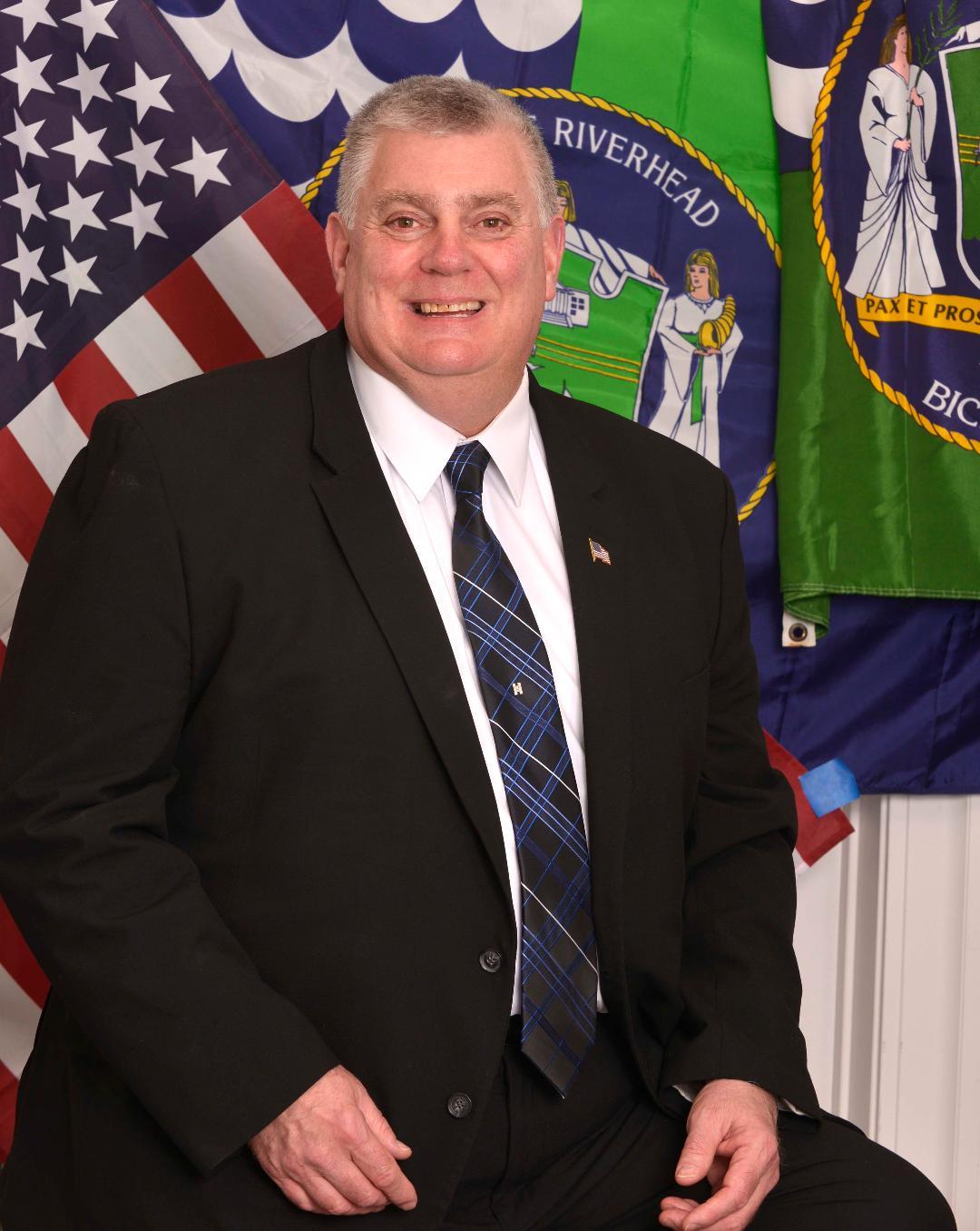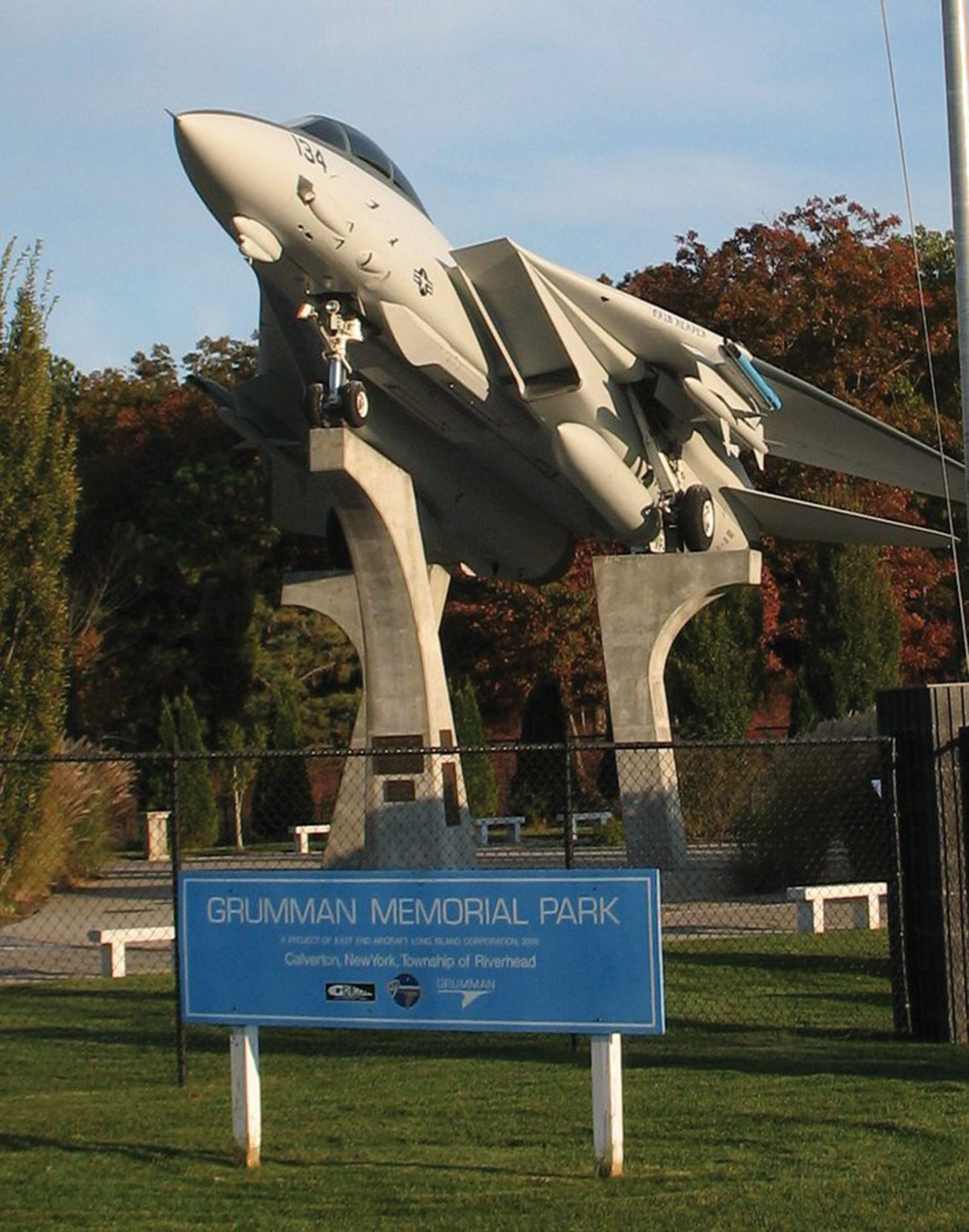Calverton Grounded: Riverhead Town to Restrict EPCAL Runway Access

Riverhead has had a love affair with aviation for decades, all during the period the old Grumman Corp. built fighter jets and bombers for the U. S. Navy at its huge facility in Calverton, within the town.
The flame is not quite so bright anymore, at least when it comes to heavy cargo planes or commercial passenger planes.
Town Councilman Tim Hubbard, who wil be the new Riverhead town supervisor in January, has introduced a resolution that would ban use of the runways at Calverton for a commercial passenger airport or a cargo airport. The resolution, which is to come to a vote before the town board next month, would be an amendment to the Planned Development District, the zoning that applies to the “industrial core” of the Calverton Enterprise Park.
Hubbard’s amendment, which has the support of the other members of the town board — as well as two incoming members — would also ban flight instruction, flight training, aircraft rental and aeronautical services, with the exception of fueling, hangering, tow downs and parking and maintenance.
Hubbard said the town is not anti-aviation.

“(Calverton) is not and has not been for some time an active airport,” Hubbard told Dan’s Papers. “Grumman left in 1998, and even before then, they were winding down operations there. We’ve had 20 years of residential construction going” in the area surrounding Calverton.
To allow large cargo or passenger planes to use the runways, he said, “would not be fair to the residents. Noise (from the big planes) is a major factor. People paid a lot of money for their houses.”
The proposed resolution would also prohibit registration or licensing of any part of the Calverton property with any federal, state or local government agency. It would also make sure that control of the runways is not handed over to the Federal Aviation Administration. The FAA, the town believes, could supersede local zoning and land use regulations.
Hubbard said the town would welcome companies that build parts for airplanes or helicopters.
The town may be seeking to just make sure residents are not bothered by excessive noise from aircraft, as are residents of East Hampton, who frequently complain about the number of helicopters flying New Yorkers out to summer and vacation homes.
But to those who have followed the aviation industry on Long Island, banning any type of aircraft from Calverton seems about as jarring as prohibiting boating in the Great South Bay.
But Hubbard’s move has been a long time coming. Riverhead’s Community Development Agency owns the two runways at Calverton Enterprise Park. The site had been owned by the Navy and was leased to Grumman and its successor company, Northrop Grumman, which built the majority of Navy aircraft, including the famed F-14 Tomcat that took center stage with Tom Cruise in Top Gun.
But the party was over for the legendary Grumman when it was sold to California-based Northrop in 1994. The company wound down operations at its headquarters in Bethpage and at Calverton, where it tested its airplanes.

Riverhead town has wrestled with what to do with Calverton for decades. The 6,000-acre Navy property has been a mainstay in Riverhead since the mid-1950s. Riverhead was given 3,000 of those acres to develop. It has decided to leave about 1,000 acres for preservation.
In 1998, the U.S. government gave the town control of what became known as the Enterprise Park, with the idea that it would be used for economic development.
In 2001, the town sold the 431-acre industrial core to a developer, Lazarus-Burman, for $17 million. Lazarus-Burman sold many lots to different companies, and many constructed buildings. But the pair retained control of the two runways.
The question for years has been what to do with the remaining 2,000 or so acres of vacant land at the Enterprise Park, known as EPCAL. The town has centered on recreational and entertainment uses. It even had a deal with a company called Riverhead Resorts, but the deal collapsed in 2010.
In 2017, Luminati Aerospace signed a letter of intent with Riverhead to buy about 1,000 acres of vacant land around the industrial core. The deal would have included the two runways. But the town ended the contract, saying it did not believe the deal was a mistake, because the developer might make use of the runways for aviation purposes.
But the situation is hardly hopeless. Dawn Thomas, director of the town’s Community Development Agency, said Riverhead has received a $30,000 grant from Empire State Development to study the feasibility of a recreation-sports complex on some 600 acres remaining for use. Much of the rest of the 3,000 acres the town was given by the government have been developed or are planned for preservation.
“The grant is to help us determine the best path forward,” Thomas said. “I’m not going to say it’s going to happen, but we’re looking at a number of different options.”



